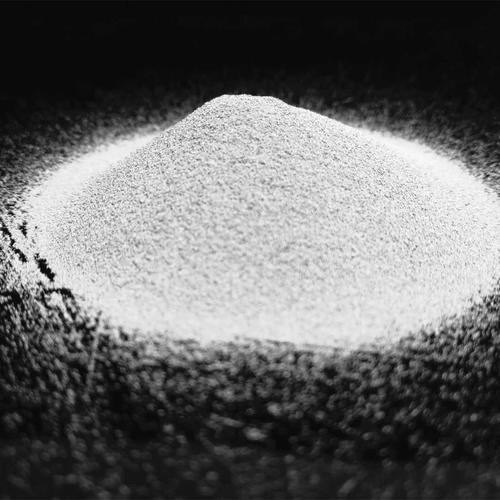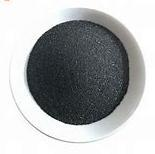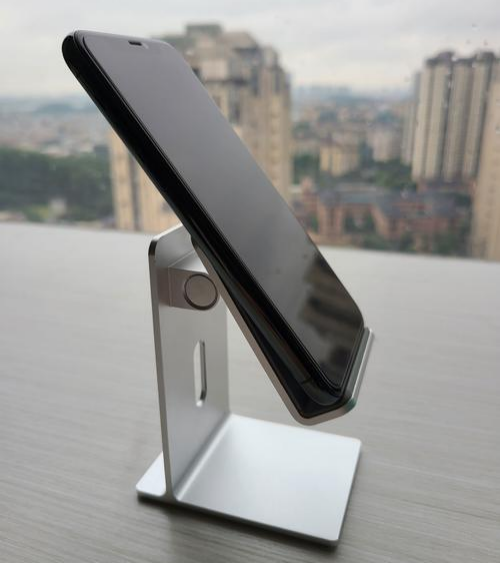1. Introduction
In the past 48 hours, a significant development in the advanced materials sector has emerged: major aerospace manufacturers have announced expanded partnerships with titanium powder suppliers to meet surging demand for additive manufacturing components. This shift underscores the growing strategic importance of high-quality titanium powder in next-generation industrial applications. As industries from medical implants to defense increasingly rely on metal 3D printing, understanding the nuances of titanium powder—its types, production methods, and cost drivers—has never been more critical.

2. Types of Titanium Powder and Their Unique Properties
Titanium powder is not a monolithic material; it encompasses a spectrum of compositions tailored to specific applications. Pure titanium powder, often used in chemical processing and biomedical devices, offers excellent corrosion resistance and biocompatibility. In contrast, titanium alloy powder—particularly Ti6Al4V (also known as Ti64)—dominates the aerospace and medical 3D printing sectors due to its superior strength-to-density ratio and fatigue resistance.
Beyond elemental and alloyed forms, specialty titanium-based powders serve niche but vital roles. Titanium nitride powder and titanium carbide powder are valued for their extreme hardness and thermal stability, commonly used in cutting tools and wear-resistant coatings. Similarly, titanium diboride (TiB2) powder and titanium boride powder exhibit high electrical conductivity and refractory properties, making them ideal for cathodes and armor applications. Notably, TiO2 nano powder—distinct from metallic titanium powder—is primarily used in sunscreens, pigments, and photocatalysis, and should not be confused with conductive or structural titanium metal powders.
3. Production Methods: Gas Atomization vs. HDH
The two dominant methods for producing titanium metal powder are gas atomization and the hydride-dehydride (HDH) process. Gas atomized titanium powder yields spherical particles with excellent flowability—critical for consistent layer deposition in titanium powder additive manufacturing. This morphology makes it the preferred choice for high-end applications like aerospace components and medical implants, though it comes at a higher titanium powder price per kg.

Conversely, HDH titanium powder is irregular in shape, less expensive to produce, and suitable for press-and-sinter techniques or lower-precision additive processes. While it lacks the flow characteristics of spherical powder, its cost-effectiveness makes it attractive for industrial applications where surface finish and dimensional accuracy are less critical. The choice between these methods directly impacts titanium powder for 3D printing price and performance.
4. Market Dynamics and Pricing Trends
Titanium powder price varies significantly based on purity, particle size distribution, morphology, and alloy composition. As of mid-2024, pure titanium powder costs range from $80 to $150 per kg, while Ti6Al4V powder price typically falls between $150 and $300 per kg, depending on certification and supplier. The titanium powder for 3D printing price premium reflects stringent quality controls required for aerospace-grade materials.
Global supply constraints, energy costs, and geopolitical factors continue to influence titanium metal powder price volatility. Reputable titanium powder suppliers such as international titanium powder producers and specialized additive manufacturing material vendors are investing in scalable, clean production technologies to stabilize costs. Buyers seeking to buy titanium powder must evaluate not only upfront titanium powder cost but also total cost of ownership, including yield efficiency and post-processing requirements.

5. Titanium Powder in Context: Comparison with Molybdenum and Tungsten Powders
While titanium powder excels in lightweight, high-strength applications, it exists within a broader ecosystem of advanced metal powders. Molybdenum powder—including moly powder, molybdenum disulfide (MoS2) powder, and TZM powder—offers high melting points and thermal conductivity, commonly used in furnace components and lubricants. Similarly, tungsten powder and tungsten carbide powder provide unmatched density and wear resistance, critical in mining tools and radiation shielding.
Unlike titanium, which is prized for its low density (~4.5 g/cm³), tungsten powder density exceeds 19 g/cm³, making it ideal for counterweights and kinetic penetrators. Both molybdenum powder price and tungsten powder price per kg are influenced by similar market forces—mining output, refining capacity, and demand from electronics and defense sectors. However, titanium remains uniquely positioned for biomedical and aerospace uses due to its biocompatibility and strength-to-weight ratio.
6. Applications and Safety Considerations
Titanium powder uses span additive manufacturing, pyrotechnics (e.g., titanium flash powder), metallurgy, and surface engineering (e.g., burnt titanium powder coat or titanium coated diamond powder). In 3D printing, titanium 3D printing powder enables complex, lightweight geometries unattainable via traditional methods. However, fine titanium dust poses explosion and fire hazards, requiring strict handling protocols.
It is crucial to distinguish between reactive titanium metal powder and inert TiO2 powder. While titanium powder can be pyrophoric in fine forms, TiO2 nano powder is generally regarded as safe in consumer products—though regulatory scrutiny continues. Always source from a certified titanium powder supplier to ensure material consistency and safety documentation.
7. Conclusion
Titanium powder represents a cornerstone of modern advanced manufacturing, with its value defined not just by chemistry but by form, function, and fabrication method. From spherical gas-atomized Ti64 powder enabling life-saving implants to cost-effective HDH variants supporting industrial tooling, the material’s versatility is unmatched. As additive manufacturing scales globally, understanding the interplay between titanium powder price, performance, and alternatives like molybdenum and tungsten powders will be essential for engineers, procurement specialists, and innovators alike.
Our Website founded on October 17, 2012, is a high-tech enterprise committed to the research and development, production, processing, sales and technical services of ceramic relative materials such as Titanium. Our products includes but not limited to Boron Carbide Ceramic Products, Boron Nitride Ceramic Products, Silicon Carbide Ceramic Products, Silicon Nitride Ceramic Products, Zirconium Dioxide Ceramic Products, etc. If you are interested, please feel free to contact us.
